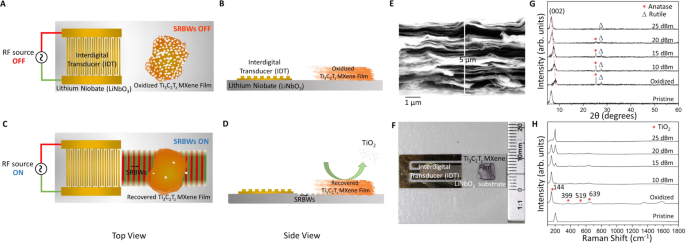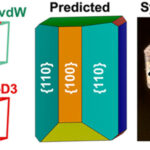RMIT大学のエンジニアが主導する技術革新により、現在の技術より3倍も長い寿命を持つ携帯電話用バッテリーが現実のものとなる可能性があります。 Mobile phone batteries with a lifetime up to three times longer than today’s technology could be a reality thanks to an innovation led by engineers at RMIT University.
2023-01-25 ロイヤルメルボルン工科大学(RMIT)
◆オーストラリアでは、携帯電話用を含む使用済み携帯型電池のうち、リサイクル用に回収されるのはわずか10%で、これは国際的に見ても低い水準である。残りの90%の電池は埋め立てられるか、誤った方法で廃棄されており、環境に大きなダメージを与えている。電池からリチウムやその他の材料をリサイクルするためのコストが高いことが、これらの品目が再利用される上での大きな障害となっているが、研究チームの革新的技術がこの課題の解決に貢献する可能性がある。
◆研究チームは、MXeneと呼ばれるナノ材料に取り組んでいる。この材料は、将来、電池のリチウムに代わる刺激的な材料になることが期待されるという。化学工学特別教授で主任研究員のLeslie Yeo氏は、MXeneは高い電気伝導性を持つグラフェンに類似していると述べました。「グラフェンとは異なり、MXeneは高度に調整可能で、将来的にあらゆる技術的な応用の可能性を広げます」とRMITの工学部のYeoは述べています。
◆MXeneを使用する際の大きな課題は、錆びやすいために導電性が阻害され、使用できなくなることであったという。「この課題を克服するために、ある周波数の音波がMXeneの錆を除去し、元の状態に近い状態に戻すことを発見しました」とYeoは述べています。このチームの技術革新により、数年ごとにMXeneバッテリーを再生し、その寿命を最大3倍まで延ばすことができるようになるかもしれない、と彼は言った。
◆「MXeneの寿命を延ばすことは、MXeneが商業的に利用可能な電子部品になる可能性を確保するために非常に重要です」とYeo氏は述べた。
◆この研究は、『Nature Communications』に掲載された。
<関連情報>
- https://www.rmit.edu.au/news/all-news/2023/jan/rust-busting-invention
- https://www.nature.com/articles/s41467-022-34699-3
ナノスケール高周波電気機械振動による酸化した二次元MXenの回復 Recovery of oxidized two-dimensional MXenes through high frequency nanoscale electromechanical vibration
Heba Ahmed,Hossein Alijani,Ahmed El-Ghazaly,Joseph Halim,Billy J. Murdoch,Yemima Ehrnst,Emily Massahud,Amgad R. Rezk,Johanna Rosen & Leslie Y. Yeo
Nature Communications Published:03 January 2023
DOI:https://doi.org/10.1038/s41467-022-34699-3

Abstract
MXenes hold immense potential given their superior electrical properties. The practical adoption of these promising materials is, however, severely constrained by their oxidative susceptibility, leading to significant performance deterioration and lifespan limitations. Attempts to preserve MXenes have been limited, and it has not been possible thus far to reverse the material’s performance. In this work, we show that subjecting oxidized micron or nanometer thickness dry MXene films—even those constructed from nanometer-order solution-dispersed oxidized flakes—to just one minute of 10 MHz nanoscale electromechanical vibration leads to considerable removal of its surface oxide layer, whilst preserving its structure and characteristics. Importantly, electrochemical performance is recovered close to that of their original state: the pseudocapacitance, which decreased by almost 50% due to its oxidation, reverses to approximately 98% of its original value, with good capacitance retention ( ≈ 93%) following 10,000 charge–discharge cycles at 10 A g−1. These promising results allude to the exciting possibility for rejuvenating the material for reuse, therefore offering a more economical and sustainable route that improves its potential for practical translation.



